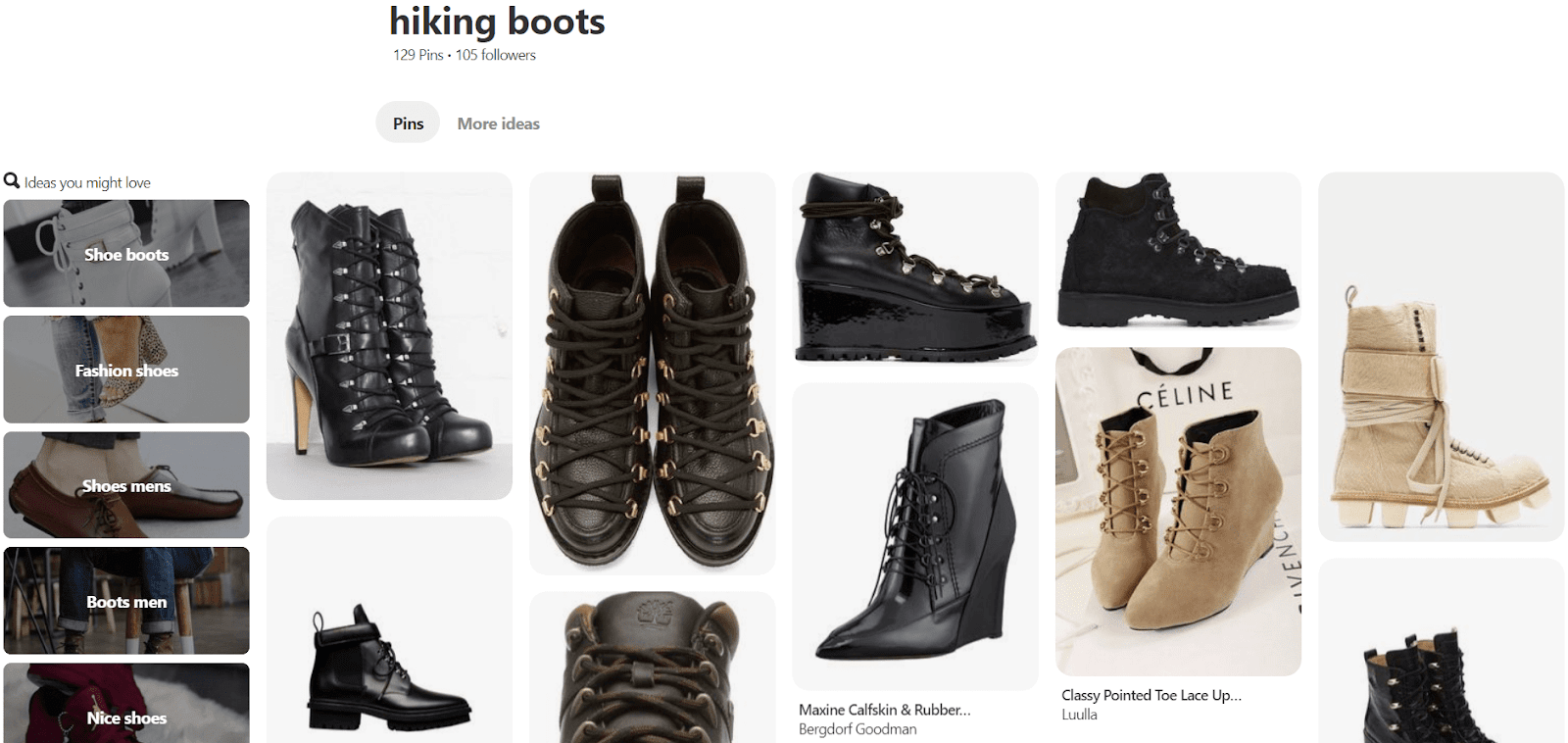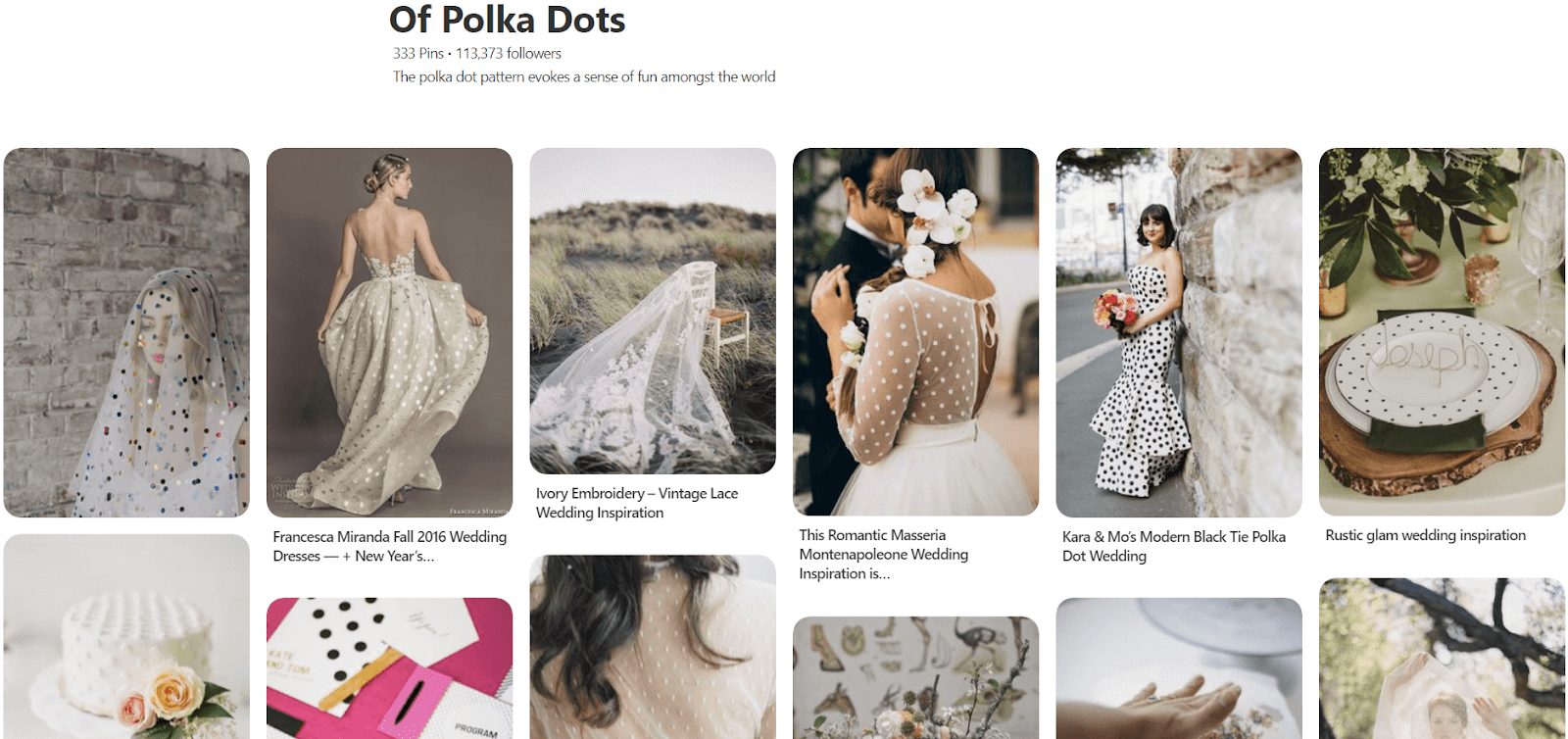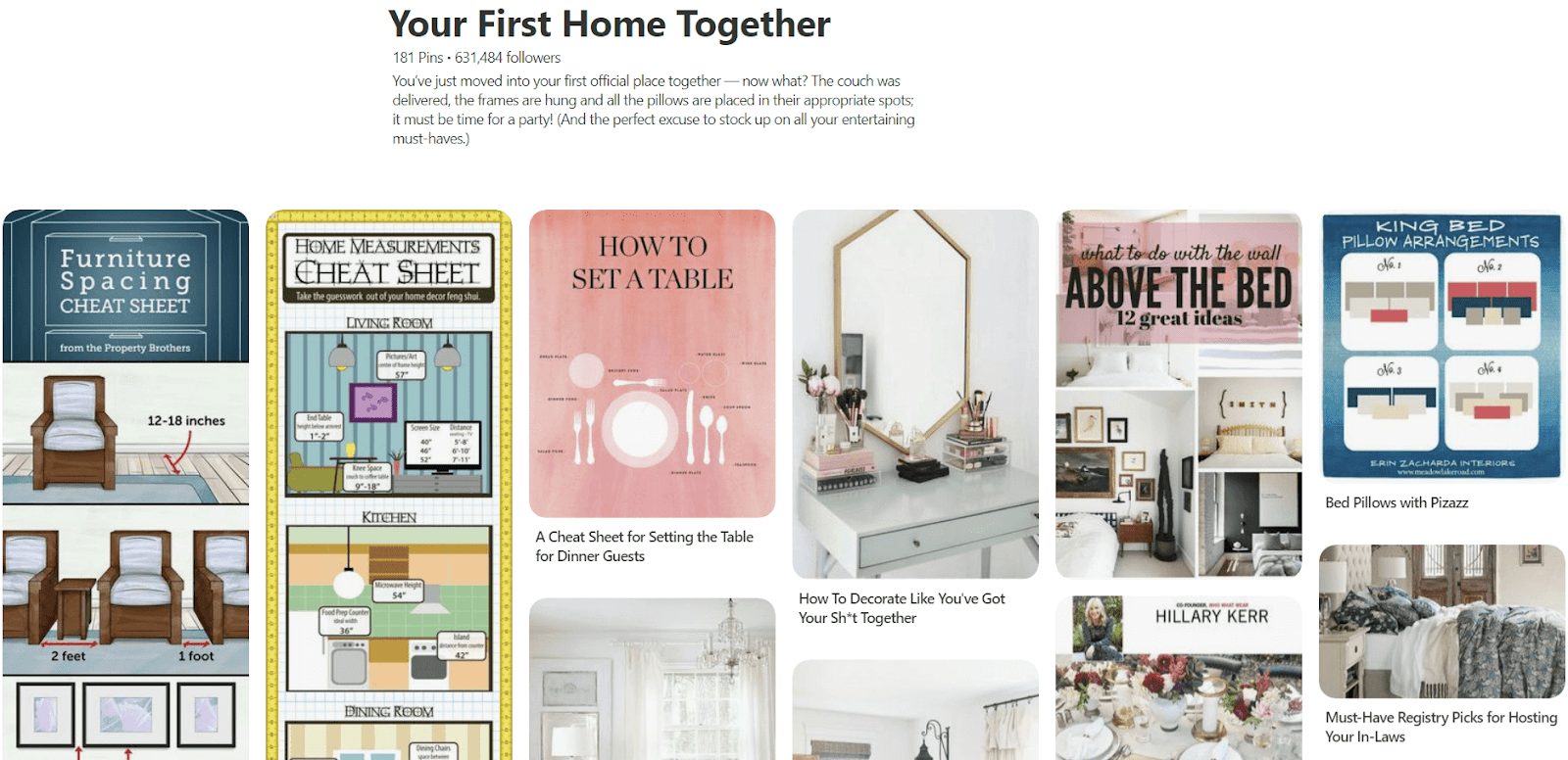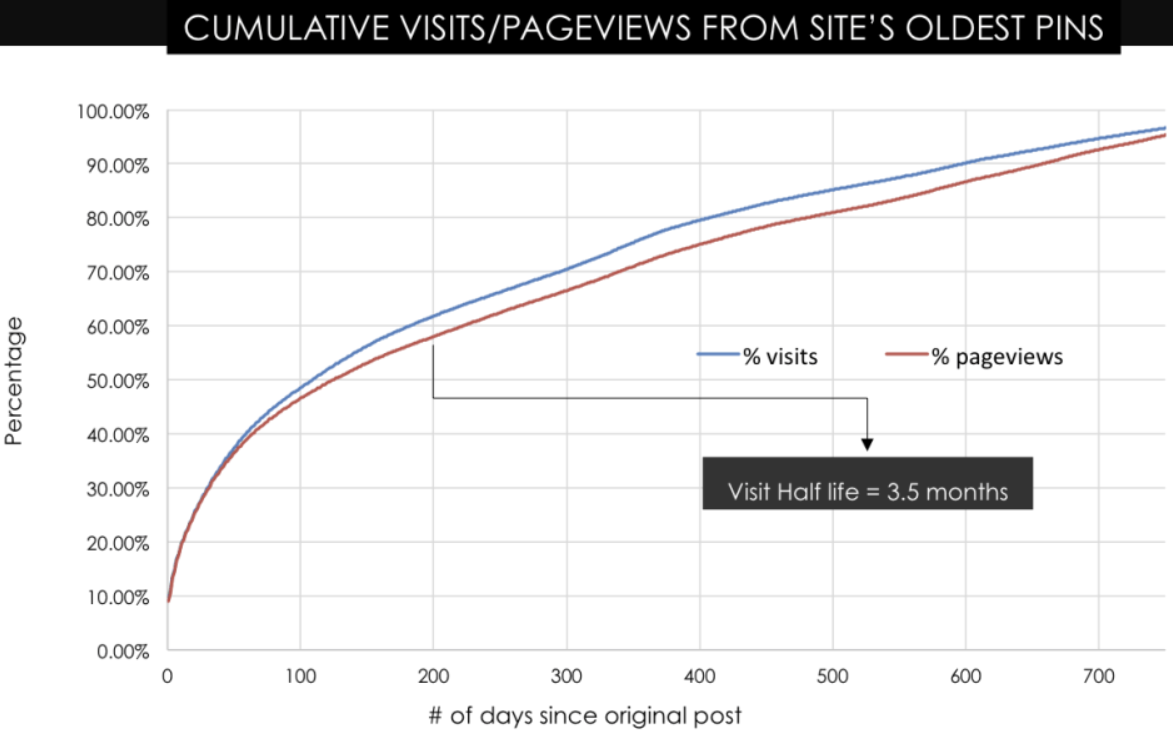How Pinterest Marketing Can Unlock The Potential Of Your Ecommerce Site
Today on the Swanky blog, we welcome Kayleigh Alexandra from MicroStartups to explore how Pinterest marketing can help take your ecommerce brand to the next level!
Written By
Guest Blogger

It doesn’t matter how good your online store might be — how finely-crafted the content is, how appealing the visuals are, or how smoothly it ferries visitors through to the conversion stage. It could always be better. That’s the blessing and the curse of the ecommerce world. It’s so rich and ripe with possibilities that there’s no such thing as a perfect site.
For the moment, we’re going to look at it as a blessing, because your ecommerce site has hidden potential just waiting to be realised.
So how can you take the next step towards achieving the retail powerhouse of your dreams? Might it be SEO, building up your search rankings? How about hybrid online/offline selling? Both good options, but no.
In this piece, we’re going to look at one tactic that has yet to get the broad recognition it deserves: Pinterest marketing. By targeting this frequently-misunderstood platform, you can take your sales figures to the next level.
Let’s consider how Pinterest can power you up!
What is Pinterest?
Before we get started, let’s briefly go over what exactly Pinterest is, because it’s a social network with a difference.
Where other platforms like Twitter and Facebook focus on text posts, Pinterest is primarily about visuals — but unlike Instagram, it isn’t about following a feed of posts from your preferred content creators. Instead, it’s about building curated boards and populating them with images (either by adding them yourself or by borrowing them from other Pinterest boards).
For instance, if you were trying to design a new type of rugged shoe, you could create a board for that and fill it with images of existing shoes for hiking and other demanding activities.

This makes Pinterest great for inspiration. Whenever you’re working on a project, you can build a new board to fill with relevant material — and if you want to become an influencer, then it’s an excellent way to showcase your taste and eye for quality.
Now that we’ve covered the basics of Pinterest, let’s start looking at how this unique platform can help you grow your online retail business:
It has highly actionable views
Imagine that you were planning a big project: something like a house renovation, perhaps, with a pressing need to eventually pick up everything from a comfortable recliner to a TV stand. Would you research that on Twitter, rummaging through profiles in a search for relevant keywords? I can’t imagine that working too well — yet it can work on Pinterest.
Key to this is the difference in content. While a Twitter user will upload anything and everything, leading to images blurring together, a Pinterest user will pick out their best photos to use — and instead of spending their time commenting on things, they’ll use it to assemble a curated page of their favourite pins (here are some examples courtesy of ViralWoot). This makes it perfect for someone to visually preview a look they want to achieve.

In addition, if the pins they’ve selected are shoppable (meaning they can buy the pictured products directly) then they can save a lot of time and effort. Multiple shoppable pins — technically called Shop the Look Pins — can be placed onto one image, with the primary example involving marking the individual items of clothing that go into an outfit.
If you sell lifestyle or fashion items, then you should definitely be using these pins because they simplify the buying process — and the easier it is to buy, the less time someone has to reconsider. If they see an item and have the chance to order it in seconds, they might do it on impulse. If they have to leave your app to visit your store first, they might consider whether they really need it, and ultimately decide against it.
It’s perfect for telling visual stories
Let’s say you’re trying to market some products that look incredibly arresting — they’re vibrant, eye-catching, and thus perfect for getting attention online — and you’ve invested in excellent product photos. You can use those photos throughout social media to good effect, but they’d work optimally well on Pinterest due to its focus on densely-packed visuals. What’s more, you can create boards to convey narratives without needing quality sales copywriting.
How would that work? Well, returning to that house renovation idea, you could create a Pinterest board for the first-time property owner, using the products you highlight to subtly tell a happy story: paint and basic furniture at first, but then leading into children’s toys, back-yard games, and family-friendly projects to allude to a stable family life.
You can even throw in some relevant pieces of content that also lead to product recommendations — in the example below, for instance, the furniture spacing cheat sheet could include furniture product links.

With that, the Pinterest user can imagine the life they might lead with those products — zero writing needed. Unable to write a decent script? Understandable (good dialogue is complex, per Jericho Writers) — thankfully, you can skip it entirely. No idea how to set a scene with your words? You don’t need to, because your images say it all. It’s the perfect narrative form for the novice storyteller, and it packs a punch that words generally can’t online.
The images you use also tie into the identity of your brand. Consider that you can use your Pinterest images across social networks and even your website. If every image you upload (whether it’s a photo, a diagram, or an infographic) represents your brand in the same way — adhering to your color scheme, fonts, tone, etc.) — then one look at your Pinterest boards will soon become enough for someone unfamiliar with your brand to understand what you do.
It can reach out to a fresh audience
Here’s something that might interest you: while it’s normal for women to outnumber men on social media platforms (as they do in general on a global scale), the disparity on Pinterest is far more significant. As it happens, 70% of Pinterest users are female, and half its users earn more than $50k per year, with 10% topping $125k. That’s very appealing for marketers.
Twitter and Facebook are starting to feel like the old stalwarts of the social media world, Instagram and Snapchat are still chugging along, and platforms like TikTok are gathering momentum with younger audiences — but Pinterest seems to occupy a unique position. It’s not business-centric like LinkedIn, but it’s more about visual curation than anything else. This makes it a fantastic option for finding new people with different interests.
Its pins grow in value over time
Post something on your blog, or Twitter, or Instagram, and count to 10. Hey presto, it’s vanished from public view — or at least you might imagine that to be the case, because interest dries up quickly owing to the relentless pace of activity. This is why social media marketers have to queue up hundreds of posts and find clever ways to recycle content. The last person to post will always hold an edge over the person who preceded them.

But on Pinterest, 50% of the visits produced by a pin take place over 3.5 months after its initial appearance (according to WebFX — see above), meaning that a good pin will stick around for a long time without seeing its potency dwindle.
The lack of obvious dating plus the lasting appeal of a fantastic image can ensure that a product marketed on Pinterest continues to get clicks year after year, producing massive ROI.
It can help to boost search rankings
Last but not least, our final benefit of pinterest marketing for today is all about SEO, or Search Engine Optimisation. Competing well in search results is very important for online retailers, and Pinterest can be quite valuable for this. Great Pinterest images rank very well in Google Image Search, which is more significant for products than most people think — this is because shoppers often want to see what they’re thinking about buying.
Additionally, the eye-catching appeal of great images makes them perfect for embedding in blog posts — and when someone embeds one of your images, they might well mention you and link to your website in the surrounding text, earning you some excellent backlinks.
Sold on Pinterest marketing?
Sold on Pinterest yet? You should be. It’s a fantastic social media platform with unique attributes that fully warrant extensive investigation. If you make a priority of experimenting with it, you might just find that it’s the key to the next stage in your ecommerce store’s development.
Want to know more about how you can unlock your ecommerce potential and showcase your brand across social media? Get in touch with the Swanky team, experts in everything from content creation and marketing strategy, to SEO and paid ads.

